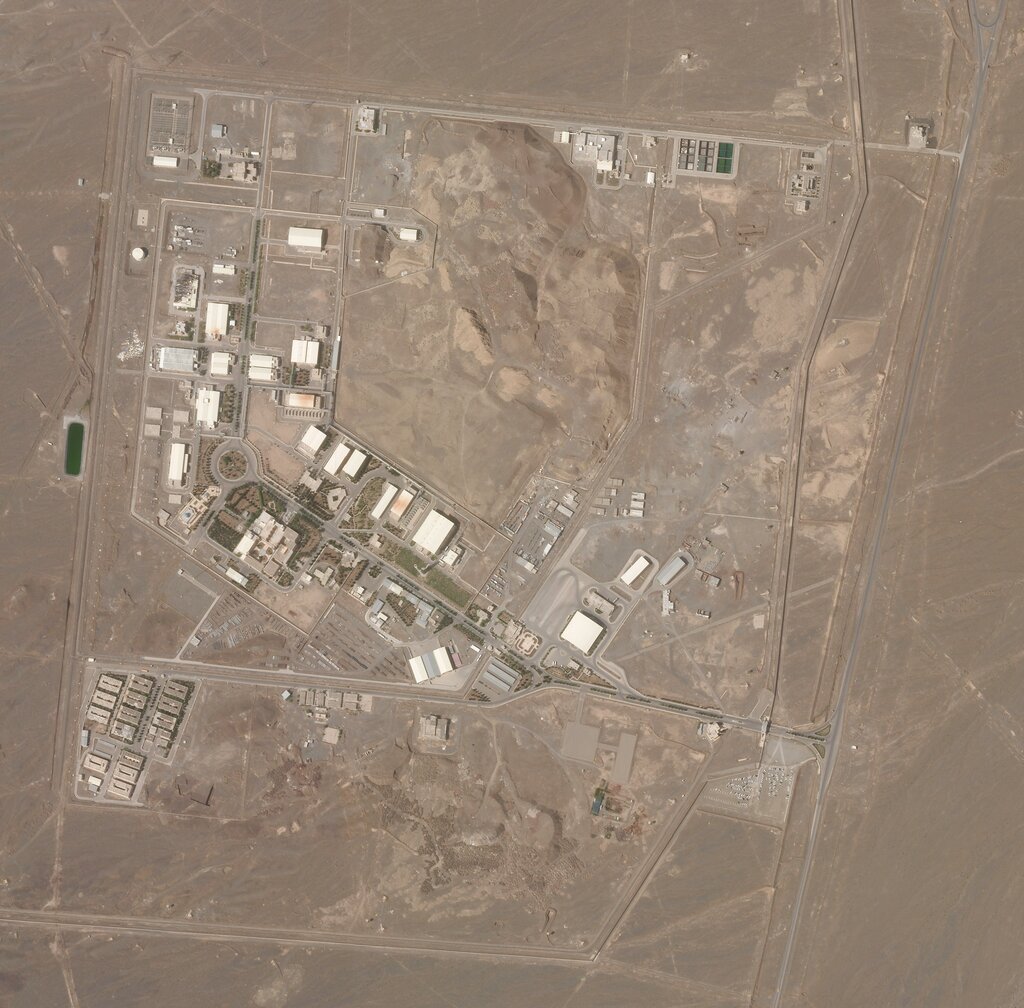what is hidden in Iran’s nuclear underground facilities?!!
An Explosion at Natanz
Iran recently announced that its facility in Natanz had suffered a large explosion and power loss in which a significant number of centrifuges that enrich natural uranium into fuel for nuclear power or weapons were damaged. Natanz is, perhaps, Iran’s most important enrichment facility and the explosion represents a clear detriment to their ability to enrich uranium.
It remains unclear if the explosion and subsequent loss of power was an accident or an act of sabotage, either by Israel or by an Iranian citizen, but Iran appears eager to point the blame on Israel and Israel doesn’t appear eager to avoid it. It’s entirely possible that the attack was an “inside job” conducted by an Iranian citizen at the behest of the Israelis, and it’s nearly certain that the world will never know what caused the explosion.
It is no secret that Israel and Iran have been engaged in a shadow war for the past several years, nor is it a secret that Israel generally has the upper hand. A number of unattributable cyber and kinetic attacks as well as assassinations of key members of the Iranian nuclear development community by Israel have been widely reported, and while Iran has attempted to respond in kind, it has seen less success.
Related: Talks Proceeding Slowing in Iran Nuclear Deal Return Attempt
In the wake of the attack, Iran announced that it would begin enriching uranium from 20% U235 to 60%. U235 is a small portion of natural uranium and is the type of uranium that is needed for use in power plants and nuclear weapons.
The Making of a Nuclear Weapon
Natural uranium contains less than 1% U235, the material needed for use in energy generating nuclear power plants or to make a nuclear weapon. The enrichment process separates the much more prevalent U238 so that the U235 can be put to use. A nuclear power plant requires natural uranium to be separated into about 4% U235 purity through the separation process that is conducted through the use of sophisticated centrifuges, such as those that were destroyed in the Natanz explosion.
The only reason to enrich natural uranium beyond 4% U235 is for the development of a nuclear weapon.
Under the Joint Comprehensive Plan of Action Agreement (JCPOA), Iran agreed to enrich natural uranium to no more than 3.67%, a purity sufficient for any peaceful use. Nuclear weapons require a purity of 90% U235, so it seems a significant effort for Iran to get from 4% to 90%. That’s not actually true, according to nuclear scientists. When considering how much effort it takes to enrich natural uranium to the approximately 4% needed for peaceful use, an enriching facility has completed 50% of the enrichment process necessary to get to the 90% of U235 needed to develop a nuclear weapon. Further enriching to 20% U235 represents 90% of the process needed to develop weapons grade U235.[1] Iran has already developed some amount of
enrichment to the 20% level, but the US is unable to discern how much because of its withdrawal from the JCPOA.
Iran’s recent announcement that they would be enriching to the 60% level is the clearest indication available that they are developing nuclear weapons grade U235. This 60% enrichment effort is Iran’s race to the finish line in development of weapons grade U235.
Iran’s Nuclear Program and the JCPOA
The Biden administration is well aware that Iran has crossed the threshold from 4% enrichment to 20% and beyond and knows that the regime is well on the way toward attainment of enough weapons grade U235 to produce a nuclear weapon. The administration’s answer is to revert to the JCPOA, which will not work as the circumstances are much different today than they were when the JCPOA was first agreed to. Iran has been very clear that they will not re-enter the JCPOA absent significant concessions from the US regarding sanctions, and sanction relief will only allow Iran a better opportunity to finish its enrichment of weapons grade uranium.
If the US desires to continue to ensure that Iran doesn’t become the next global nuclear state, it needs to take a stronger stand. Sanctions need to stay in place and a collective and comprehensive agreement between Iran and the US regarding Iranian nuclear weapon development, ballistic missile development, and malign activities are all addressed. The agreement, once reached, must be submitted to the US Congress for approval to ensure the agreement endures. Read more by the Author







